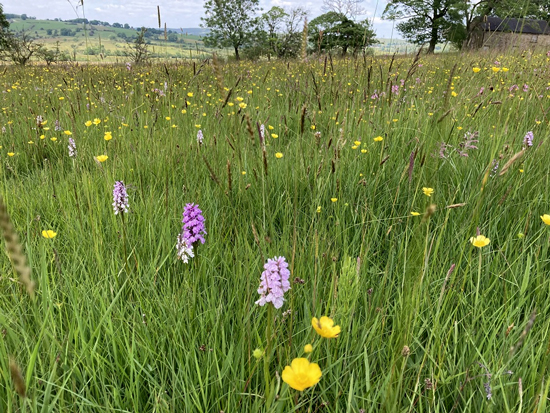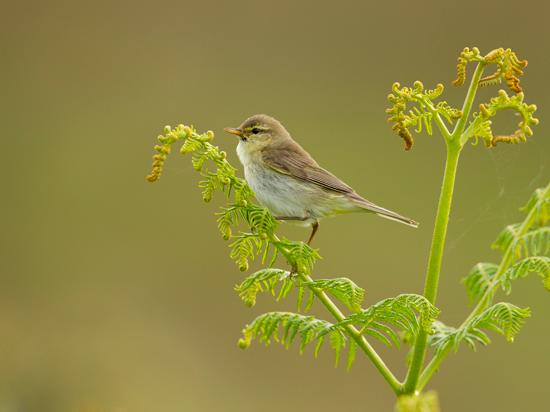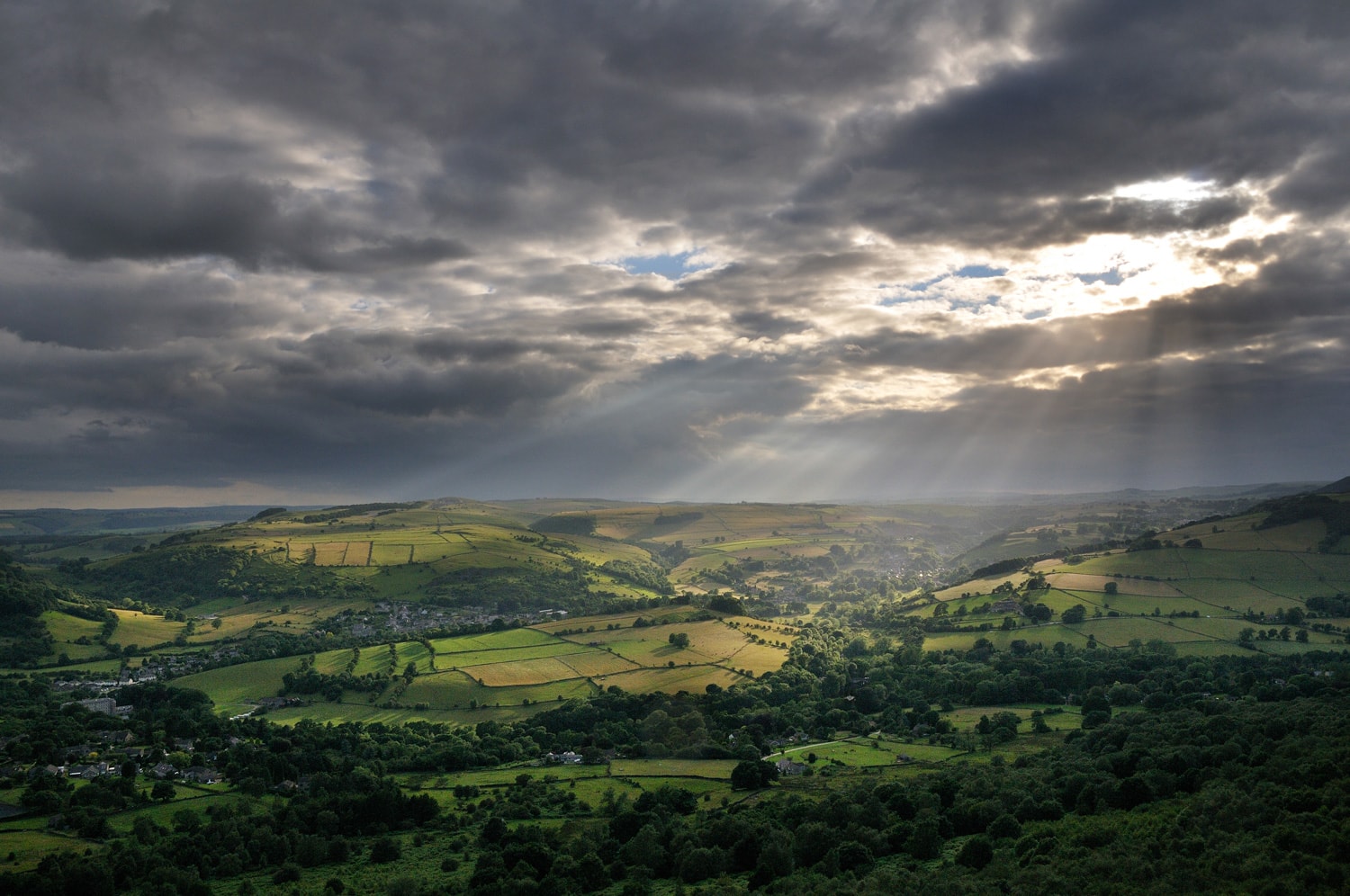Farming and Nature unite! A project shaping the next 20 years in the South West Peak District
Wednesday 25 June 2025
A Landscape Recovery project is paving the way to accelerate nature recovery in the South West Peak area.
The Morridge Hill Country project is funded by DEFRA's Landscape Recovery Round 2. The project is led by Peak District National Park Authority (PDNPA) with support from Staffordshire Wildlife Trust (SWT) and National Parks Partnership UK. The project started its development phase last summer, laying the foundations for a 20 plus year delivery phase.
After the start of the project additional farmers and land managers opted into the journey. This resulted in 21 local farmers and land managers agreeing to be part of the development phase, which covers 2,900 hectares of land. That's an area equivalent to 4,000 football pitches. The land includes privately owned farmland, SWT managed reserves, PDNPA and Ministry of Defence owned land.
This phase of the project will result in proposals for land management changes and capital works developed in collaboration with the farmers and land managers. The project team has met with each farmer/land manager to gather their ideas, aspirations and concerns, so they can be addressed in the proposals. Information about their land, livestock, finances and management methods has also been shared.

The project aims to strengthen the connection between farming and nature in the uplands. The long-term vision is of a landscape in which wildlife is thriving and land managers and hill farmers are rewarded for providing nature a home in addition to farming the uplands. Proposals will set out how this can be achieved. Suggested farming practices will be sensitive to nature, so it can thrive, and in turn continue to produce food.
The land management proposals are also designed to generate income for farm businesses. Farmers could see benefits from lowering numbers of sheep or cattle on sensitive wildlife areas. Management methods could include increasing wood pasture or enhancing hedgerows and allowing more scrub to develop, which is good for birds such as willow warbler and lesser redpolls. Where these woodier elements are allowed to grow in the landscape, benefits will span across the wildlife community within and beyond the project area. These habitats provide more than shelter and food - they store carbon and slow the flow of water. This reduces flood risk and increases water quality. Farmers will also look at how their land can influence the flow of water in the landscape in a positive way. The project aims to increase all of these benefits, the impacts of which have global reach.
Jackie Wragg, Project Manager, says: "Nature and farming are both at a critical point, Landscape Recovery looks to address them together, achieving positive outcomes for both. We want to show that it’s possible to support farming practices at the same time as making ecosystems more resilient and embracing natural processes.
"Farmers are under increasing pressure and it's a real challenge to make a living. That's why projects like this are vital. We can help explore alternative funding streams to provide better long-term financial stability."

Farmers and land managers in the area are already doing a lot for nature. Their land supports snipe, curlew and lapwing to name just a few species. There is an opportunity to further invigorate and diversify plant life across moorlands and grasslands, slow the flow of water across the land, strengthen habitat connectivity, and increase important habitat in scrub and wood pasture.
Insects and small mammals would benefit from these changes. Which will provide more food for farmland and woodland birds and birds of prey. A greater variety of plant life would thrive on the moorland. The number of locally rare plant species such as bog rosemary, bog myrtle, sundew and even cloudberry would increase.
"We know making changes to farming practices can be worrying but we're here to support the farmers and land managers and make sure they're fairly reimbursed for their efforts. A 20 year plus project could become a part of the farming community, and a beacon for landscape-scale collaboration, being driven in part by the farmers themselves," adds Jackie.
"During autumn we’ll develop unique management plans with each farmer/land manager, tailored at a farm level but designed to create landscape scale connections. Change also take time, which is why the funding plans for the delivery phase of this project would be for the next 20 plus years.
"The project team will look to engage wider with local communities, existing conservation groups and the wider farming/land management community over the coming months as ideas start to take shape."
The development project will result in a host of long-term potential management changes and capital works. Plans will also focus on creating wider benefits such as enhancing cultural heritage and access in the area as well as supporting wider opportunities to enjoy and care for it. These proposals would be put into action when the project moves to the delivery phase in 2026. This happens once DEFRA have reviewed and approved the proposals, and farmers and land managers are happy with the plans.

